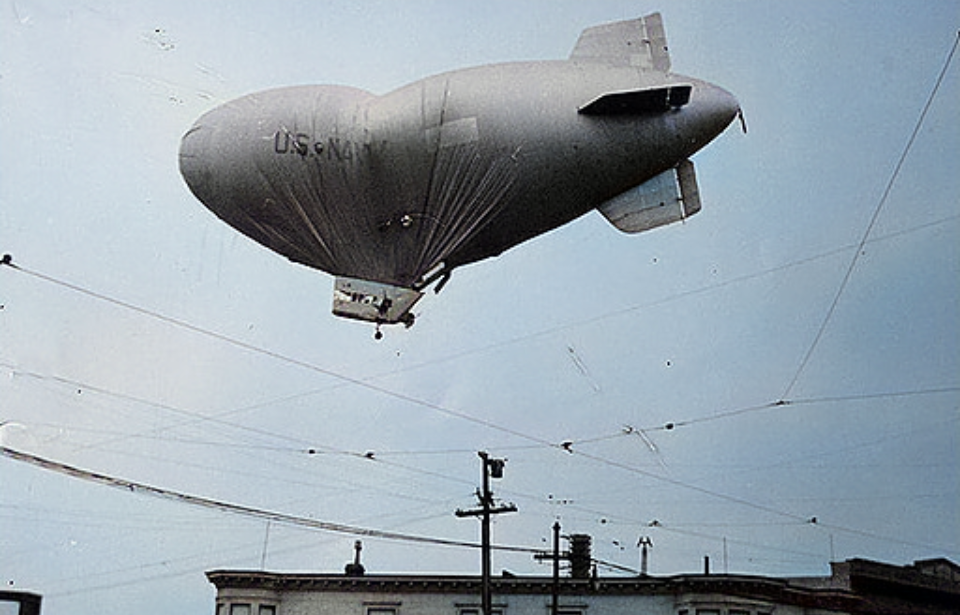Today, blimps are a common sight at college football games. Goodyear has been advertising during big games for decades. However, back in the 1940s, blimps served a different purpose. The giant airships helped keep the United States safe following the Japanese attack on Pearl Harbor, but also became the source of one of the Second World War‘s greatest unsolved mysteries.
How did the US military use blimps during World War II?
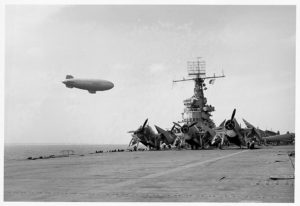
Following Pearl Harbor, the US military was hyper-vigilant and looking to avoid another attack. The decision was made to use blimps for aerial reconnaissance. The US Navy took command of Goodyear‘s fleet, which were given the designations L4–8. On the West Coast, they sought out Japanese submarines, while German U-boats were the targets of those stationed out east.
Military officials loved blimps. They were simple to fly and only needed a small crew. As historian Dan Grossman explains, “They could stay in the air for long periods of time, fly slowly and fly at very low altitudes, hover over targets, and operate in conditions of low visibility and low cloud ceilings, all of which were things that the fixed-wing airplanes of the time could not do.”
Ernest Cody and Charles Adams take to the skies
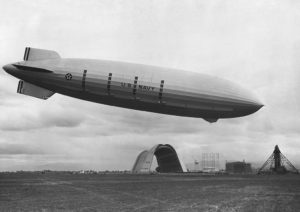
Two men tasked with piloting the blimps during these coastal patrols were Ensign Charles Ellis Adams and Lt. Ernest DeWitt Cody. They both had impressive resumes. Adams had served with the Navy for over a decade and had recently been commissioned as an officer, while Cody was a graduate of the US Naval Academy.
Interestingly, Adams had already survived one famous blimp crash. Prior to his assignment to the new reconnaissance blimps, he’d served as a crew member onboard the USS Macon (ZRS-5). In February 1935, Macon crashed into Monterey Bay during a storm. Amazingly, only two crewmen died in the accident.
A terrible situation arises
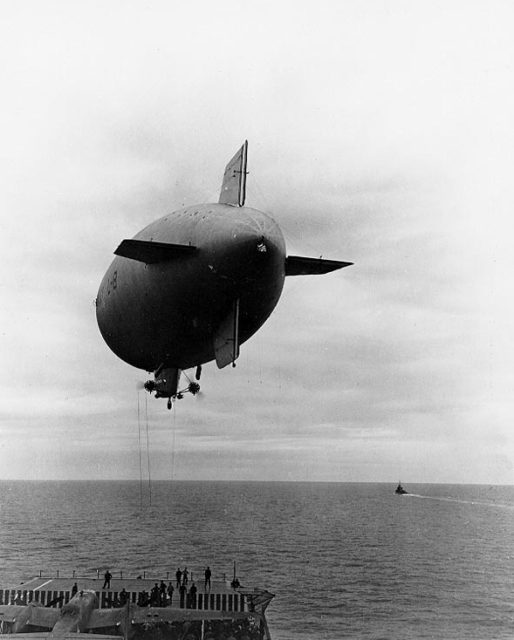
On August 16, 1942, Navy blimp L-8, piloted by Adams and Cody, took off from Treasure Island, near San Francisco. A third man, machinist’s mate James Riley Hill, was supposed to be onboard the flight, as well, but had been kicked off by Cody prior to takeoff over weight concerns.
The blimp’s scheduled route would take it over the Farallon Islands, Point Reyes and Montara, before turning back toward the Bay Area. Prior to the mission, L-8 had made 1,092 flights without incident.
Near the Farallon Islands, the airship radioed back that there was an oil slick on the water below. This was a red flag for potential submarine activity. Vessels in the area noticed L-8 circling the oil slick, but close to an hour later, the command center lost all communication.
An accident occurs
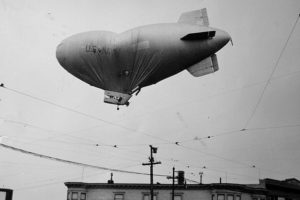
Soon after communication stopped between L-8 and the command center, the blimp dropped ballast and started heading in a different direction than initially intended. About 15 minutes later, it was flying aimlessly toward shore. Two fishermen attempted to stop it, but were unable to do so.
After a valve opened on the inside, L-8 took a V-shape as it continued to fly. Out of control, it became obvious that no one was operating the blimp. It soon scraped against power lines and the roofs of residential houses. and finally came to a stop at Bellevue Avenue, in Daly City, California.
Aftermath of L-8‘s crash
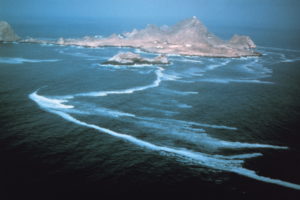
What happened to Adams and Cody was never discovered. An investigation was launched soon after the crash, and researchers found that, if the men had stayed on L-8, they would have easily survived the incident. At some point, however, they left the airship, to a location unknown. None of L-8‘s parachutes had been used, and there was nothing wrong with the radio, meaning a distress message could have been sent. The only things missing were life jackets, which blimp pilots typically wore in flight.
More from us: Northrop F-89 Scorpions Once Carried Nuclear Weapons to Combat Soviet Bombers
The Navy investigated the incident and found the blimp had not been shot at or burned, and that Adams and Cody had done nothing wrong. According to witness accounts, L-8 had dropped two flares over the oil slick, by means of marking its location, then rose higher into the air. The waters off San Francisco were searched for days, but no sign of the pilots was found. The two men were declared legally dead and their bodies have never been recovered.
Following the incident, L-8 was repaired and returned to service. Following the end of World War II, it was given back to Goodyear and used as Goodyear Blimp America until its retirement in 1982.
